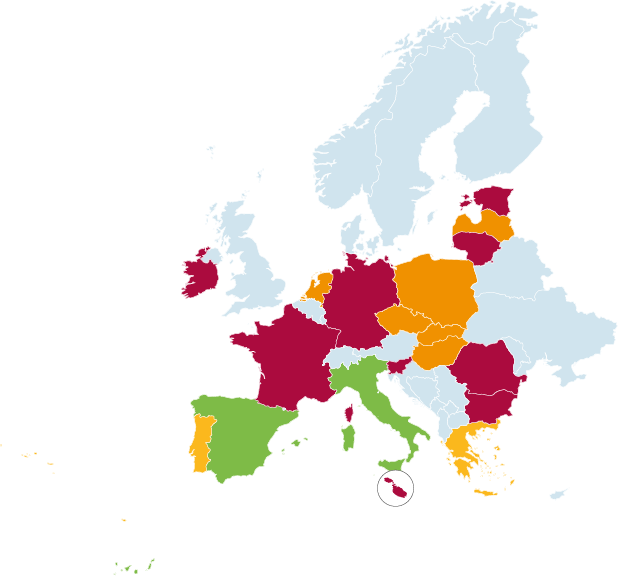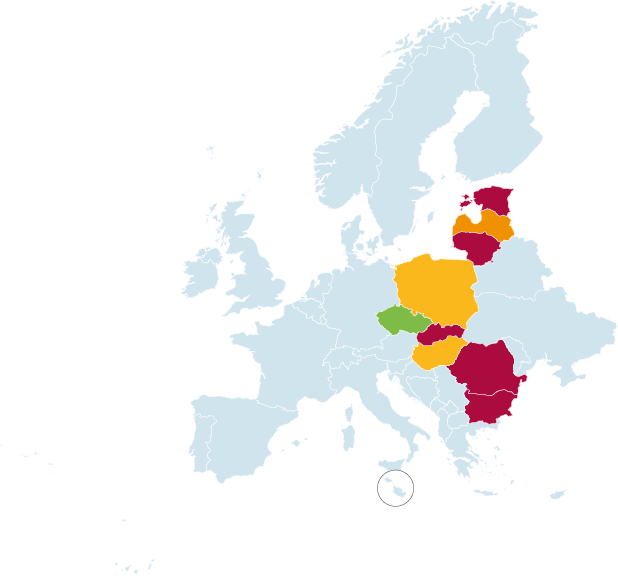News
The million dollar question: how can public EU Funds support energy democracy?
The Multiannual Financial Framework 2021-2027 provides an unprecedented opportunity to leverage available EU public finances to accelerate the energy transition. But to succeed, this transition must be inclusive and just. Studies have shown that EU citizens could mobilize up to €240 billion towards the energy transition by 2030. In fact, by 2050, 1 in 2 EU citizens could be producing their own energy, covering 45 % of the EU’s demand. But citizen energy projects usually encounter a key obstacle when designing their (first) projects: lack of predictable and adequate financing tools. Governments across the EU are encouraged to leverage public funds to support energy communities, and thus to accelerate the energy transition, promote citizen inclusion, and garner acceptance towards renewables.
The Recovery and Resilience, Cohesion and Regional Development, and Modernisation Funds, present a unique opportunity for Member States to support citizen-led renewable energy. REScoop.eu, together with CEE Bankwatch & Climate Action Network have mapped how 19 EU Member States are leveraging these public funds to support energy communities. This (ongoing) research is featured through our Public Financing Tracker.
Understanding & using the Public Financing Tracker
Akin to the structure and logic of REScoop.eu’s transposition tracker, the Public Financing Tracker is an interactive interface that rates Member States' progress in supporting energy communities using public funds. The tracker uses a color-coded assessment, and a set of analytical criteria. This (evolving) analysis can be used as an advocacy tool by national campaigners, and as a clear communication roadmap for policymakers. To prepare the three maps (corresponding to the three types of Funds), a network of national campaigners conducted background research. The data was collated by REScoop.eu, CEE Bankwatch and CAN Europe, and further complemented through interviews and bilateral feedback sessions with relevant stakeholders. The overall color assigned to a certain fund, for a certain country, was tabulated based on 12 sub-criteria touching on various topics such as broader program design, transparency, and alignment with transposition.
The Public Financing Tracker rates the progress of 19 EU Member States in supporting energy communities by leveraging EU public funds. For more information on the elements that a complete enabling framework should include, you can visit the transposition tracker, which collates all relevant information on existing enabling frameworks and support schemes.
At the time of writing this briefing, 19 Member States are analyzed. However, as this research advances, all EU27 will be included in the financing tracker.
Recovery and Resilience Fund

Cohesion & Regional Development Funds

Modernisation Fund

Trends and Policy Proposals
Our accompanying policy brief provides recommendations on designing public financing programs around the needs of energy communities. The EU provisions for renewable energy communities (RECs) require Member States to provide an enabling framework to promote and facilitate the development of RECs, which should include tools to facilitate access to finance, among others.
As a broader trend, countries that have hitherto not created dedicated legislation and/or enabling frameworks for energy communities, also do not utilize public EU funds to support them (e.g., Bulgaria and Romania). There’s also cases such as Germany, Ireland and the Netherlands, where due to the existence of robust enabling frameworks, EU funds are not used to support energy communities.
We call for EU Member States to dedicate specific EU public funds to support energy communities, setting quantitative, time-bound goals for their growth. Public financing programs should be transparently co-designed with community energy stakeholders and civil society. To avoid corporate capture, and instill trust and rigor in the process, funds should support primarily energy communities that fulfill certain social and environmental criteria (e.g., inclusion of energy poor households, reinvestment of revenues into the local community, promoting gender equity etc.). DG REGIO can help guide this process by compiling a ‘best practise criteria’ guide for tenders. Finally, no public EU funds should support fossil fuels (as is the case with the Modernisation Fund in countries like the Czech Republic, Bulgaria, Romania and others). Especially for countries that have yet to set any budgetary support for energy communities, the 2024 Multiannual Financial Framework Review can be seen as an opportunity to reshift priorities.